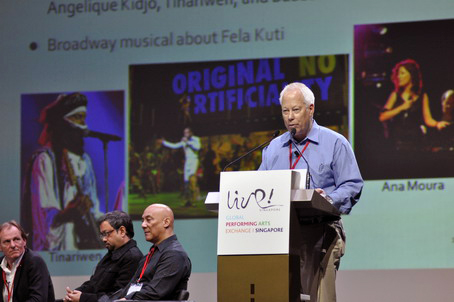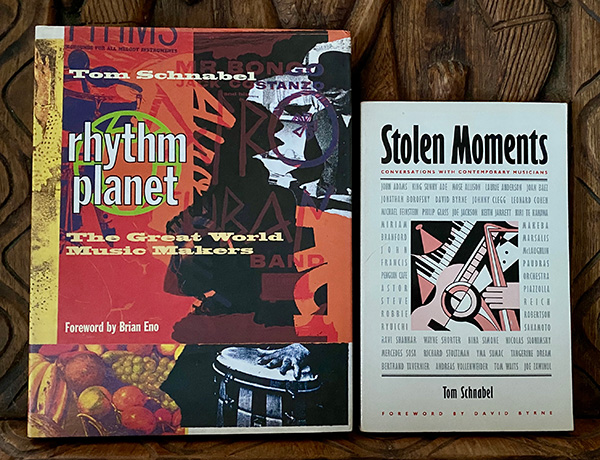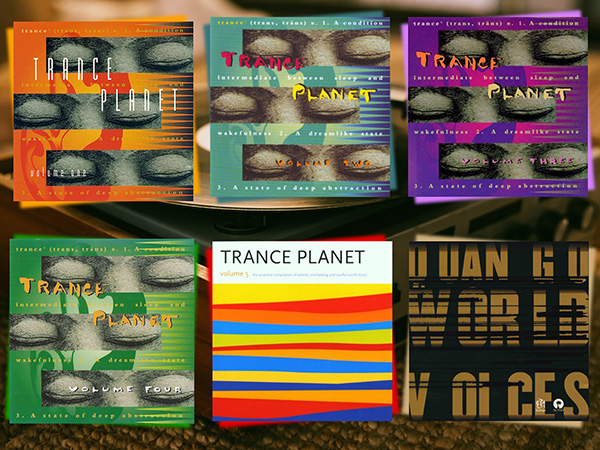WHO IS TOM?
Tom Schnabel is an internationally recognized radio producer, author, educator, and innovator in world music. He helped introduce world music to American audiences as KCRW’s first music director and host of Morning Becomes Eclectic (1979-1990). He continued to host weekly music shows on air and online for KCRW until 2018. His KCRW Rhythm Planet blog covered all aspects of music.
Tom served as Program Director and Advisor for the Hollywood Bowl and Walt Disney Concert Hall between 1998 to 2008, working to bring world-class artists such as Buena Vista Social Club, A.R. Rahman, Mariza, and Youssou N’Dour to Los Angeles audiences.
Proud of his work as an educator, Tom has taught in Los Angeles (UCLA Extension, SCIARC, Mt. Saint Mary’s College) and in Paris (École Universelle).
In 1998 Tom was honored by the French government with the French Medal of Arts, Chevalier de l’Ordre des Arts et Des Lettres. He has been awarded multiple citations for musical excellence and appreciation by the City and County of Los Angeles.

TOM’S WORK
RADIO HOST

Tom conducted more than 500 interviews at KCRW over his 43-year tenure, with musical legends such as John Cage, Ravi Shankar, Cesaria Evora, and Nusrat Fateh Ali Khan. His music features have been broadcast nationally on PRI’s The World, National Public Radio, and the BBC.
EDUCATOR

Tom is an award-winning international music expert, with decades of experience teaching world music. He has chaired and participated in music festivals and panels in the U.S. and overseas such as the Montreal Jazz Festival and the Los Angeles Times Festival of Books. He has given pre-concert lectures for UCLA Performing Arts, the Hollywood Bowl, and Walt Disney Concert Hall.
AUTHOR

Tom is the author of the books Stolen Moments: Conversations with Contemporary Musicians and Rhythm Planet: The Great World Music Makers. His articles about music have appeared in publications such as Downbeat, Jazz Magazine, and the Los Angeles Times.
PRODUCER

Tom previously produced popular CD compilations such as Quango World Voices and Trance Planet, Vols. 1–5, and has provided music supervision for advertising and film.